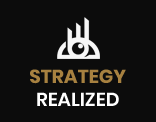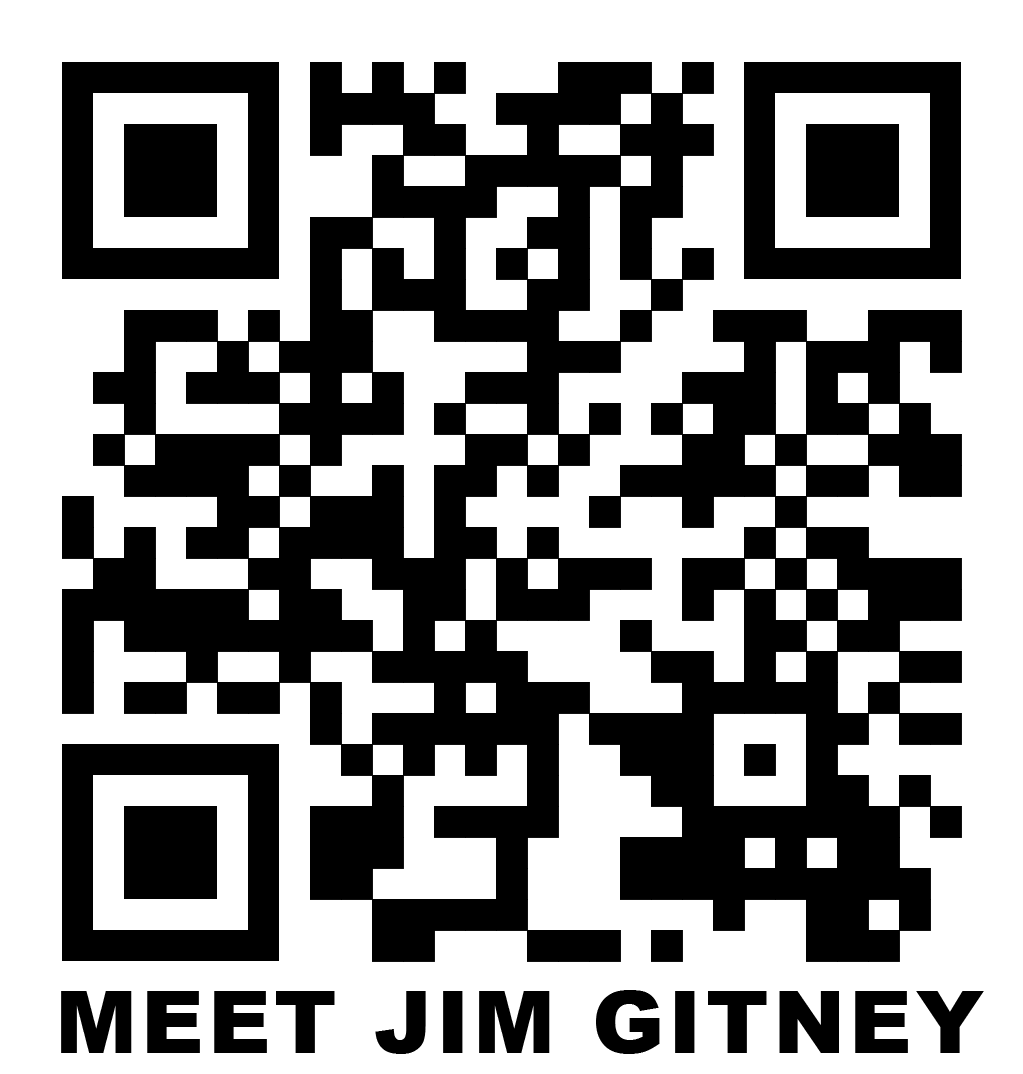Very few books have been written on implementing strategy in the last 10 years and none since the end of the pandemic. Strategy Realized – The Business Hierarchy of Needs® provides you, the reader, a recipe for developing and implementing strategy while addressing the needs of today’s post-pandemic business climate and organizations. I am an engineer with an MBA in finance and strategic planning and during my career I have held positions from the stock room to the board room. Even so, many times over the last forty-five years I have thought to myself, “I wish I had known this years before,” or, “I don’t understand why this is being done this way.” If I had been in a business that used the Business Hierarchy of Needs® as an integrated approach to developing and implementing strategy, the answers to those questions would have been at my fingertips. During those years, I have noticed that there are many interdependencies in successfully operating a business. Strategy Realized, The Business Hierarchy of Needs® is a compendium of my observations and provides you with a clear view of those interdependencies.
I first used the concept of supply chain needs in 2005 on a project with the US Postal service, and I developed the Business Hierarchy of Needs® in 2013; I have been refining it for almost ten years. My firm, Group50® Consulting, uses it for all projects as our process for developing and implementing strategy and to provide a constant reminder of what needs to be done to move from the current state to a desired future state. My clients and consultants have told me it provides them with an integrated approach for turning strategy into results with the appropriate focus on the bridge between the two: people and organizations. It is especially good for M&A integration, digital transformation, restructuring, and reinvention. It does not matter what size your business is or what industry it is in because every company embraces the elements of the Business Hierarchy of Needs® to some degree, but most do not do it in a prescriptive, integrated way.
Most strategies are not effectively implemented because leaders do not do a decent job of planning change management and involving people at all levels. In this book, I am sharing with you the results of my experiences, and my insights, which have been gathered over the last forty-five years of being in the trenches and designing and implementing strategy. I am also sharing with you my biases on leading organizations. Alignment and agreement are critical to success; measurement and accountability are the only ways to achieve it. So, if you are not an accountability fan, and you are looking for more feel-good solutions, you will be disappointed with this book and find things to argue with.
Correspondingly, if you are looking for a magic bullet, you will be disappointed. But if you are looking for a way to think about strategy and its execution, and you are willing to keep an open mind, then please do read on. Lastly, as you read my overview of each of the elements of the Business Hierarchy of Needs® your head might start to spin because it sounds complex. I want to assure you that while there is a lot of detail here, the process is simple, and you and your team can create your unique Business Hierarchy of Needs® over a brief period because I am sharing with you an integrated process for doing the things you already attempt to do.
You will see “I” and “we” used often in this book. The “I” is for me and my own personal thoughts and perspectives. When I use the word “we,” I am referring to a thought or activity used by my consulting firm. I am not alone here and have had the privilege of working with many talented people who contributed to my thinking. We have applied these techniques to hundreds of projects over the last eighteen years with great results.
The Business Hierarchy of Needs® is appropriate for all kinds of organizations: not-for-profit, government, military, service providers, schools, individuals, and any type of organization that provides value-added products and services and delivers them to an internal or external customer. So, please keep that in mind as you read further because when you get results, you will be at the top of the list for funding, resources, and priorities.
You might be wondering why this is true. If you are a member of a Board of Directors, you care about results and want to know that the senior leadership of a company has a well thought through strategy and implementation plan. If you are the CEO, you want to know that your entire team is aligned and in agreement with your strategic vision. If you are the head of human resources, you care about employee satisfaction, engagement, performance management and want to know that there is a fully supported organizational plan. If you are the COO, you care about effective implementation and want to be assured that you are going to have the resources to get it done. If you are a middle level leader, you want to know that you will be fully supported by senior leadership in implementing the changes that are required to move from the current state to the future state. As an individual stakeholder, you want to know that your work is part of a bigger picture and that your talent and skills will be engaged. The Business Hierarchy of Needs®, when fully implemented satisfies the needs of every stakeholder, so this book is for everyone in a company.
Lastly, I want to remind readers that this book is not about strategy. There are many books on that topic already. This book is about developing and implementing strategy. This book takes into consideration the new post-pandemic realities of business. It offers a powerful framework for developing strategy and getting results. If you get just a few nuggets of valuable insight, then my work is a success. I hope you enjoy the read.

